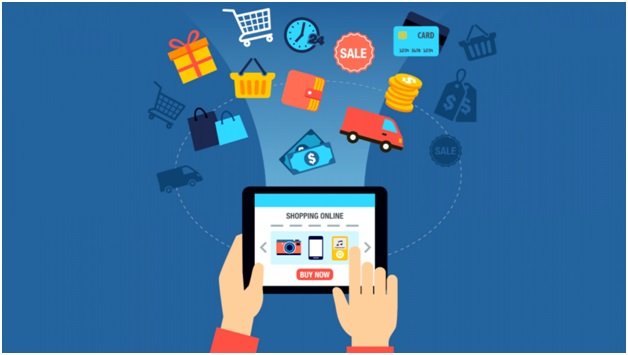Digital Transformation And How They Are Being Used in Retail

Digital transformation is the use of technology to drastically improve the performance or reach of an organization. It’s about using technology to create new value for the organization, its customers, or other stakeholders. Any company can undergo a digital transformation, even retail companies. Keep reading to learn about the different types of digital transformation initiatives and how they are being used in retail business models.
Table of Contents
The Different Types of Digital Transformation

There are different types of digital transformation for retail. Operational transformation improves how a company operates by using technology to make it more efficient. For example, online retailers can use big data analytics to track customer behavior and preferences so they can create personalized product recommendations and better understand what products to stock on their website. Retailers can also use automation to speed up processes like order fulfillment and checkout. Business model transformation changes the way a company does business by using technology to make it more cost-effective or convenient for customers. For example, many retailers are offering free shipping on orders over a certain amount in order to attract more customers. Retailers can also use technology to offer new services, like same-day delivery, that make it easier for customers to buy what they need from them. Customer experience transformation changes the way customers interact with a company by using technology to improve their experience. For example, retailers can use chatbots and other forms of artificial intelligence (AI) to help customers find the products they want faster and easier than ever before. They can also use virtual reality (VR) headsets to allow customers to “try on” clothes before they buy them, which makes shopping online feel more like shopping in a physical store.
How to Implement Digital Transformation in Your Business
Only those companies that are able to successfully implement a digital transformation strategy will be able to remain competitive in the years to come. If you’re a retailer, it’s important to familiarize yourself with the different aspects of digital transformation and understand how to apply them to your business. In order to stay competitive, retailers need to be able to engage with customers wherever they are. This means having a presence on the web, in stores, and on mobile devices. It’s also important to provide a consistent customer experience across all channels. To remain agile in a rapidly changing digital world, businesses need to be able to quickly adapt to new technologies and trends. This means being able to quickly deploy new applications and making changes to your website. It also means being able to respond to customer feedback quickly. Retailers also need to create a culture that is focused on the customer. This means empowering employees to make decisions that are in the best interest of the customer and encouraging them to use customer feedback to improve the business.
Benefits of a Successful Digital Transformation in Retail

All three types of transformations can provide benefits for retailers. Digital transformation can help reduce costs by automating tasks such as order fulfillment and inventory management. They can also improve customer service by speeding up response times and making it easier for customers to find information about products and orders. Platform transformations can help unite the company around a common technology infrastructure, making it easier to develop new applications and integrations. Product transformations can help retailers stay competitive by giving them a way to offer new products and services that customers want.
The different types of digital transformation are important in retail because they allow for different methods of reaching customers. Each type has its own strengths and weaknesses, and can be used together to create a comprehensive digital strategy. Overall, digital transformation is important because it allows businesses to keep up with the latest technologies and changes in customer behavior.
Also Read:












